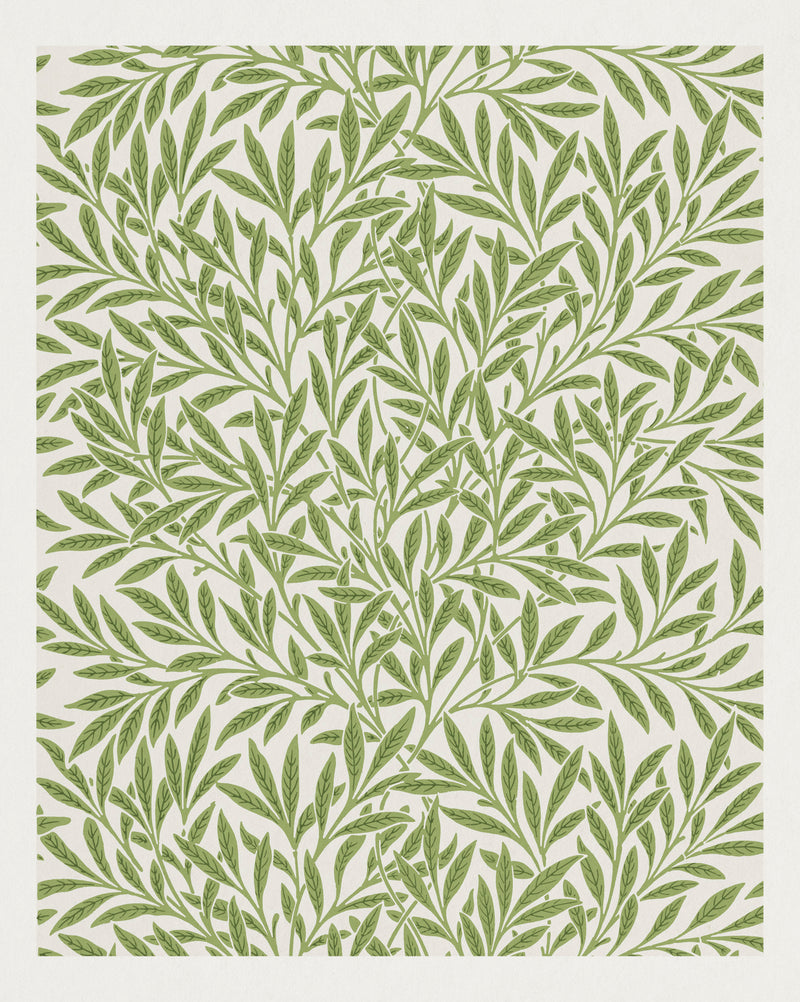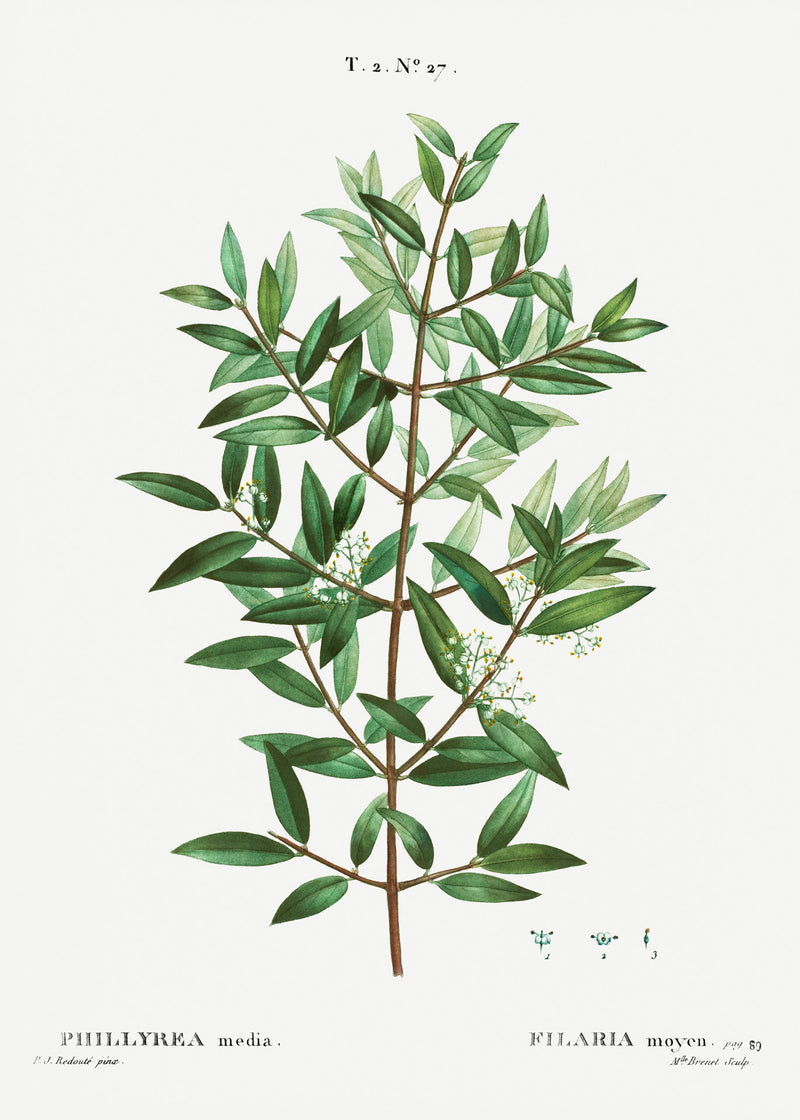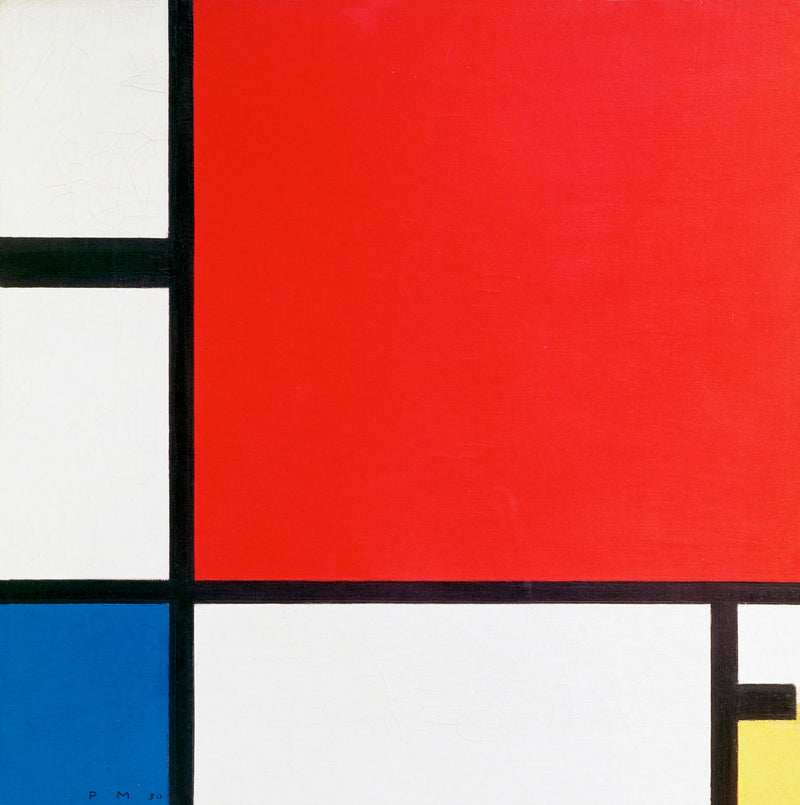What is Impressionism? A revolutionary art movement created by the masters of light

Impressionism, which originated in 19th century France, is an innovative art movement that revolutionized the world of painting. Impressionist painters such as Monet, Renoir, and Degas pursued the expression of light and color, and created innovative works that were different from traditional paintings up to that point. In this article, we will explain the characteristics and history of Impressionism, representative painters and works, and the influence of Impressionism in modern times. artgraph.jp sells posters that faithfully reproduce the masterpieces of Impressionist masters with high-definition giclee prints. Why not decorate your room with the world of light and color of Impressionism?
What is Impressionism? - Expression of light and shadow
Impressionism is a style of painting that emerged in France in the late 19th century. Impressionist painters worked outdoors and tried to capture the changes in light and atmosphere. They placed emphasis on momentary impressions and established their own unique style of expression by using divided brushstrokes and bright colors.
The main characteristics of Impressionism are:
- Plein Air: Impressionist painters left the studio and painted in natural light. They directly observed the changes in light and atmosphere and translated them onto canvas, resulting in more realistic and lively works.
- Brushstroke division: Impressionist painters maintained the vividness of colors and expressed light effects by applying small brushstrokes directly to the canvas instead of mixing paints on the palette. For example, in Monet's "Water Lilies," the light reflected on the surface of the pond is expressed by brushstrokes of various colors.
- Bright colors: Impressionist painters used many bright colors to express a world full of light. They used bright colors such as blue and purple even in the shadows, creating a new style of expression that was different from traditional paintings. In Renoir's "Bal at the Moulin de la Galette," the lively atmosphere of the dance hall is expressed through the effects of bright colors and light.
- Everyday subjects: Impressionist painters preferred to paint landscapes, figures, still lifes, and other everyday subjects, rather than traditional subjects such as history paintings or mythological paintings. By using familiar objects as subjects, they created works that resonated with people. Degas's "The Dancer" captures a moment in the everyday life of a ballerina.
- Blur: Impressionist painters blurred the contours of objects to create a sense of air and movement. In Monet's "Impression, Sunrise," the sun and boats are depicted in a blur, expressing the atmosphere of morning mist.
- Color contrast: Impressionist painters used complementary colors next to each other to make them stand out and enhance each other's colors. For example, in Monet's "Water Lilies," the green leaves and red and pink flowers complement each other.
History of Impressionism - Rebellion against the Academy and Innovation
In 19th century France, the art school called the Académie des Beaux-Arts dominated the world of painting. The academy placed emphasis on traditional painting styles and highly valued historical and mythological paintings. However, young artists rebelled against the academy's conservative stance and began to seek new ways of expression. The development of photography at the time also had a major impact on artists. Because photography can faithfully reproduce reality, artists were forced to seek their own unique ways of expression that were different from photography. In addition, Japanese ukiyo-e, which flowed into Europe in the mid-19th century, also influenced Impressionist painters. The flat composition and bold colors of ukiyo-e suggested new possibilities for Impressionist painters' expressions. Urbanization due to the Industrial Revolution and changes in people's lifestyles also influenced the birth of Impressionism. Cityscapes and people's daily lives became ideal subjects for Impressionist painters.
In the 1860s, young painters such as Monet, Renoir, Sisley, and Bazille began to paint together in the Fontainebleau Forest on the outskirts of Paris. Influenced by the Barbizon School painters, they were passionate about directly observing nature and expressing the effects of light. They would gather in cafes and studios and sometimes debate art. Monet and Renoir were particularly close friends, and while influencing each other, they established the Impressionist style. Degas kept a certain distance from the other Impressionist painters, but he too pursued the expression of light and movement and contributed to the development of Impressionism.
In 1874, they held the first Impressionist exhibition as a place to present their works. However, their works were harshly criticized by critics at the time. Critics denounced the Impressionists' works as "unfinished" and "shoddy" and criticized them for deviating from the traditional rules of painting. For example, Monet's "Impression, Sunrise" was harshly criticized as "worse than wallpaper." However, Impressionist painters did not succumb to criticism and continued to pursue their own style. They held eight Impressionist exhibitions by 1886 and gradually gained more supporters. In the late 1880s, Impressionist works began to be highly regarded among art collectors and art dealers, and painters began to achieve financial success. Then, in the 20th century, Impressionism came to be recognized as an important trend in modern painting.
Impressionist painters and their works
The Impressionist movement included many outstanding painters, but the most famous of these were Claude Monet, Pierre-Auguste Renoir, and Edgar Degas.
- Claude Monet: One of the most representative painters of the Impressionist movement. Pursuing the effects of light, he created a series of paintings depicting the same motif, such as water lilies and Rouen Cathedral, at different times of day and in different weather conditions. His representative works include "Impression, Sunrise" and "Water Lilies."
- Pierre-Auguste Renoir: A painter who excelled at portraits. He depicted the charm of women and children with bright colors and soft touches. His representative works include "Bal at the Moulin de la Galette" and "Lunch of the Boating Party."
- Edgar Degas: A painter who liked to paint ballerinas and horse racing scenes. He excelled at capturing the moment of movement, and expressed a modern sensibility with his unique composition and perspective. His representative works include "The Star of the Dance" and "Rehearsal."
Modern influence of impressionism
Impressionism has had a great influence on art since the 20th century. New art movements such as Fauvism and Cubism have inherited the innovative spirit of Impressionism. Many contemporary artists also incorporate Impressionist techniques and methods of expression. For example, pointillism, which pursues the expression of light and color, is a technique that developed from Impressionist brushstroke division. In addition, the landscape paintings favored by Impressionist painters continue to inspire many artists today. Impressionist works have influenced not only painting, but also various fields such as photography, film, and music. For example, Impressionist music was developed by Debussy and Ravel, and aimed to express changes in light and atmosphere through sound. Impressionist films are also characterized by their use of natural light and color expression.
Impressionist works are still loved by many people today, and can be viewed in museums or displayed in rooms as posters. The world of light and color pursued by Impressionist painters continues to inspire us across the ages.
Impressionist masterpieces at artgraph.jp
artgraph.jp sells posters that faithfully reproduce masterpieces by Impressionist masters such as Monet, Renoir, and Degas in high-definition giclee prints. Why not decorate your room with the world of light and color of the Impressionists and enjoy the art of autumn?
Find Impressionist posters on artgraph.jp


















